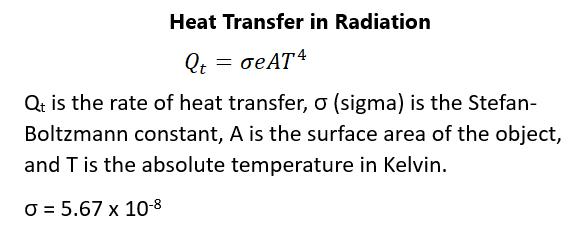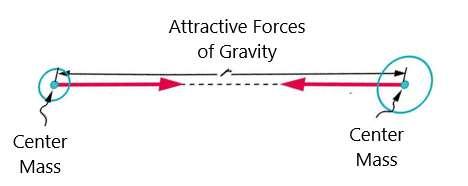Note that the mass cancels out in the equation. This is consistent with what you already know—that the speed of falling objects is the same thing regardless of the mass. You should also know that, when friction is negligible, the speed of a falling body depends only on its initial speed and height and not on the path the object takes. It can fall directly or take a circuitous path, such as a rollercoaster on its path. The same is true of going uphill—as long as friction is not a factor (which it normally is).
CONSERVATIVE AND NONCONSERVATIVE FORCES We have so far led up to the idea that force is what creates work. Some forces, such as gravitational force, for which work can be done against or for, depends only on the starting point and ending point of the object and not on the path. This is called a conservative force. Potential energy is also a conservative force as it does not necessarily mean the same thing as gravitational potential energy. Think of winding up a toy or an old-fashioned watch. These will also store potential energy. In both cases, stored energy is recoverable as work. In short, conservative force is one that depends only on the starting and ending point of a motion and not on the path taken. Let’s look at the potential energy stored in a spring. This can, in some situations, obey Hooke’s law, which states that the magnitude of the force on the spring is proportional to the deformation of the spring. In such cases, the amount of deformation is equal to the amount of stretching or compression of the spring in total length. The force equals the spring’s force constant (which depends on the spring) and the change in length. The average force of the spring will be half of its stretched length multiplied by a force constant. The potential energy of a spring can be defined as one-half the force constant times the distance stretched squared (based on the work-energy theorem). The distance stretched is actually the difference between the length of the unstretched or uncompressed spring and the length it is stretched out. It does not depend on the path taken, just on the stretch or squeeze of the spring. Figure 34 shows the force and potential energy of a stretched spring:
80




































































